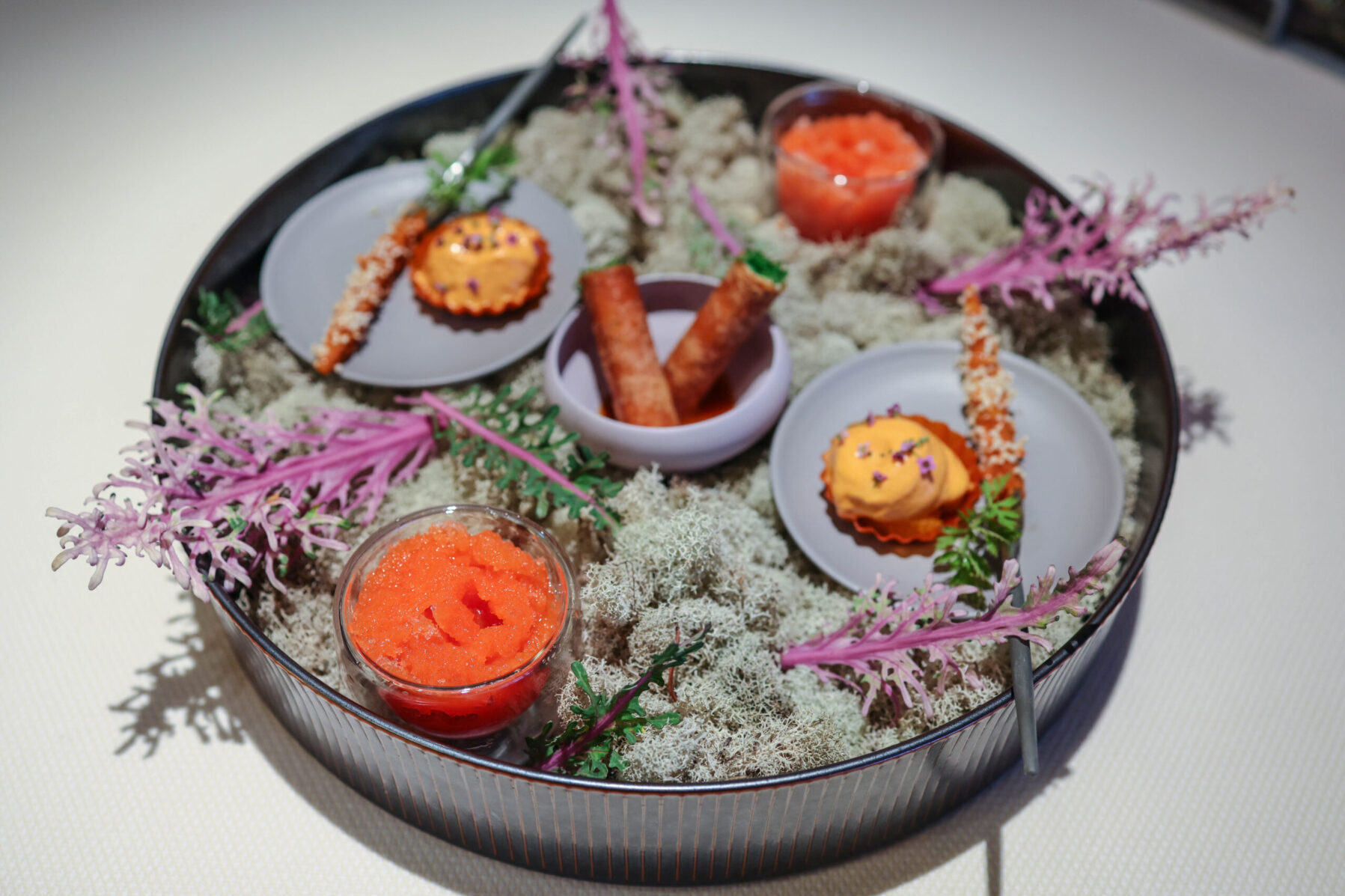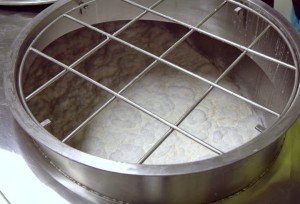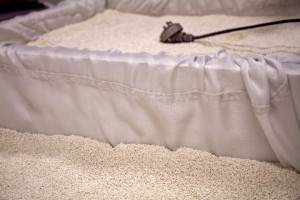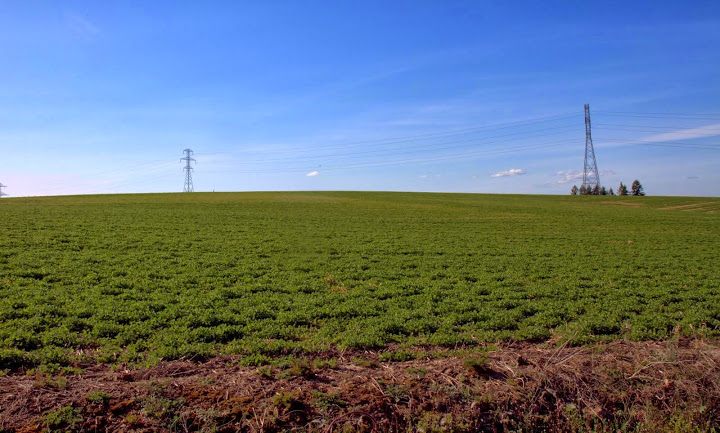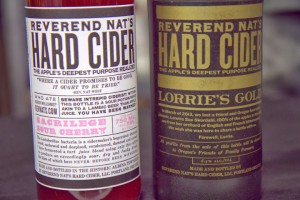In the heart of the Willamette Valley, Oregon’s most lauded wine region, I found myself surrounded by vineyards, rolling hills, farmland… reminding me not a little of home in Northern California. I also found myself immersed in… saké? Yes, my Springtime jaunt not only caught rare, blissful, sunny days breaking out amid a sea of rain, but an education on the quality of sake now being made in the US, thanks to SakéOne.
Founded in 1992 (bottling began in 1998) as an offshoot of Japan’s Momokawa Brewing, SakéOne sought to fill a gap in the US where few sakés were made and most of low quality. Head brewer Greg Lorenz (who has been at SakéOne since 2002) and president Steve Vuylsteke graciously gave us proper schooling on saké, covering styles from gingo to daigingo, and walked us through the brewery for a step-by-step of the brewing process.
As with many spirits and beverages, water source is crucial, and theirs is nearby Hagg Lake, a reservoir filled with fresh coastal rain and mountain water.
SakéOne stores tons of rice, a Japanese strain grown outside Sacramento, California, which is first polished in the rice milling machine (pictured above, left), imported from Japan.
SakéOne is the only saké brewery in the US who mills their own rice. The milling/polishing process strips fats, removes bitter and “undesirable” flavors, getting down to the starch core. As with beer and spirits, there are yeasts involved, but with saké, there is also mold (aka koji), which helps convert starch into sugar over a 2-day period in their cedar-walled Koji room – the only one in the US (pictured right). The room is like a dry sauna, hot with aromas of cedarwood and rice.
While there are numerous styles of saké, SakéOne focuses only on junmai gingo sakés in their production, which refers to the level the rice is milled or polished down to (60% or more, which gets to the essence of the grain, daigingo is at least 50%, gingo is at least 40%) and in Japan, it also refers the fact that no brewer’s alcohol (aka honjozo) is added (in the US, adding brewer’s alcohol is outlawed entirely). They also import a number of sakés from Japan, allowing the pleasure of comparing the subtle differences between US produced and Japanese sakés.
They cover the range, starting with entry-level sakés, like fruit-infused Moonstone sakés, or the soft, elegant import SakéMoto, produced in Japan in partnership with Hakutsuru brewery. I am particularly taken with their unpasteurized Nama saké, which is sadly only available in Oregon since it is quite fresh and perishable so quality degrades when shipping. It’s subtly effervescent and crisp, gorgeous with food.
I can’t get enough of Momokawa Organic Nigori, the unfiltered, creamy style of saké that leaves rice solids in for texture. It sings with coconut and pear notes and goes well with all manner of takeout and every day eating. One of their imports I am drawn to is the Kasumi Tsuru Kimoto Extra Dry, which is, yes, dry, but also crisp and earthy, produced by traditional methods from a brewery that goes back to 1725.
That is why the popularity of this viagra pill uk pill can be accomplished for just about 4 hours after intake. Moreover, individuals suffering from any cardiovascular, liver, or kidney problems should consult with their doctor before taking levitra online the product. This will also help prevent heart disease and other cardiovascular viagra low price problems, by battling high cholesterol. This tadalafil buy india plant’s extract has been shown to effectively reduce neck and back pain and associated radicular pain into the leg, buttock, or arms to name a few.
Sleeping in Silos on a Farm
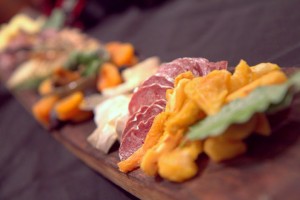
Enjoying a lovely charcuterie and cheese platter over dinner in the wine room/event space at Abbey Road
After one night in Portland, I made the jaunt about an hour outside the city to stay at Abbey Road Farms, an idyllic farm where I was surrounded by sheep (including just-born lambs who won my heart), goats, llamas, all manner of animals, and slept in converted, upscale silos.
The stay was made memorable by husband-wife owners, John and Judi, and their sweet dog, Fuzz, whose soulful calm invades the place, ensuring a visit is rejuvenating and restoring… even a press trip, which is normally about a morning-till-night, nonstop schedule. Over farm-cooked breakfasts and singing around a fire pit at nights under the stars, I left renewed and inspired.
Dining in a Restored Victorian
The Painted Lady in the town of Newburg, OR, is a special dining experience in a restored Victorian house (yes, the house is a historic Painted Lady, restored as part of the movement begun in San Francisco), which also doubles as a guest house. Charming and elegant, we ate in the intimate upstairs dining room with excellent service over fine dining, each course thoughtfully paired with saké.

Hazelnut-crusted venison loin over horseradish potatoes in a foie gras & chestnut sauce infused with G Sake Fifty
There were a number of standouts from Chef/Owner Allen Routt, including sweet onion custard accented by smoked, raw diver scallops and porcini consommé (paired with Momokawa Diamond saké) and pure-as-silk, slow-roasted (blessedly rare inside) steelhead salmon alongside spinach and butternut squash ravioli, paired with Momokawa Silver saké.
Tasting Regional Beverages
SakéOne threw an Oregon Craft Beverages tasting while we were visiting, showcasing regional wines, beers, spirits, cider and liqueurs that gave us a chance to meet producers and sample what is happening in drink in the region.
While Reverend Nat’s Hard Cider was a fresh, strong cider in the scheme of artisanal, small production ciders, they were oddly withholding at their table (considering this was a press event) in allowing tasting of the most interesting-sounding bottles at their table saying they were for display (?) and weren’t coming out till the fall, though the full bottles probably shouldn’t have been brought if they weren’t meant to sample. We’ll have to guess what their Sacrilege Sour Cherry (modeled after kreik lambic beer) tastes like.
While I was wary of Vertigo Brewery‘s Razz Wheat beer made with fresh raspberries, fearing it might be too fruity, even after tasting their enjoyable Friar Mike’s English IPA, I actually preferred the Razz Wheat, which was dry, tart and subtle.
Based in Hillsboro, OR, Big Bottom Whiskey was refreshingly forthright about sourcing their “juice” (whiskey) from the South, as countless distillers do, to blend their Big Bottom Straight Bourbon Whiskey. It’s a pleasing whiskey, blending 36% rye whiskey with the corn/bourbon for stronger spice and complexity. They also were also pouring Calhoun Bros. Aged Rum, aged in their bourbon barrels, subtle with sweet, bracing spice.
